India 2017 - Christian Simpson
Teaching emergency medicine in urban india
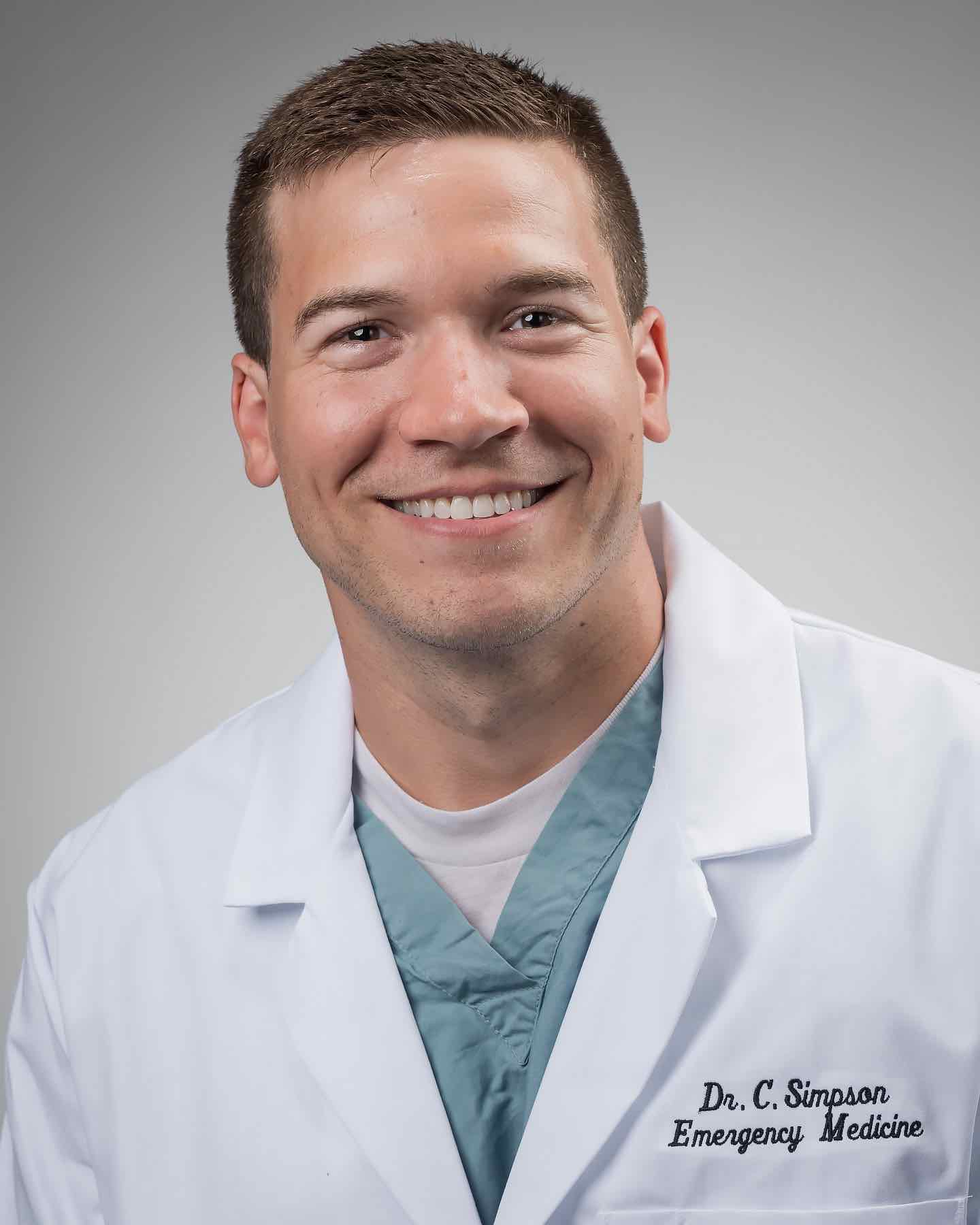
Sponsoring Organization: George Washington University
Christian Simpson, MD
Dr. Simpson is a graduate of the University of North Carolina School of Medicine and a member of the PH EM class of 2018.

I set off to Kolkata, West Bengal, India which is also known as “Calcutta.” Once I arrived I was amazed by the difference in just the airports. Massive cultural pieces of elephants adorned with jewels were displayed throughout the airports in Dehli and Kolkata. I went to go exchange some money and was greeted by “if you exchange $500 instead of $100 there is no service fee of 50 rupee.” Immediately next to me I hear another exchanger saying to the next customer “if you exchange $800 instead of $500 there is no service fee of 50 rupee.” I laugh on the inside because I had spent the night before my flight reading a blog on how to not get scammed in India and within just minutes of landing its happening already. Big deal, 50 rupees is less than $1…let’s do this!

I get my 6000 rupees, grab my carry-ons and head to the exit. Mr. Santosh is holding up a crumpled piece of paper that reads “Dr Christan Simpon.” Close enough! He doesn’t speak a lick of English except when he tells me to “wait” at the curb to go get his car from the parking area. Three taxis try to get me to get in their cars and another person stumbles upon me asking if I need rupees and pulls out a wad of cash. I climb into Mr. Santosh’s sedan, which is the size of a 1980s civic and reach for the seatbelt. Mr. Santosh says “meh” and waves me off from attempting to buckle up. There weren’t even any seatbelts in the back…and apparently its only lawful for the drivers to wear it. The thirty-minute drive to my hotel was treacherous and I felt like I should have had a seatbelt. The traffic was full of cyclists, pedestrians, cows, dogs, rickshaws and other vehicles swerving and honking.
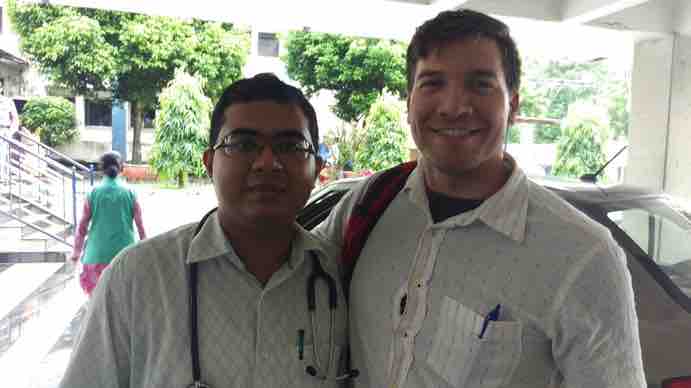
We at last got to my hotel, I take a cold shower after trying the two different knobs in multiple combinations to get hot water unsuccessfully and I laid down on the bed after more than 35 hours of travel, only to get a buzz at my door. “Your Peerless driver is here.”
The Peerless hospital is a 1-mile drive and I initially thought I could just walk there. After seeing the traffic, I realized the mistake in my thinking. I am greeted by one of the residents and he takes me to the lecture hall. 30 residents are waiting for me and all of them greet me one by one. I’m from the southeastern United States and I’ve never heard the word “sir” more than at this time. I give my introduction and one of the residents ask if I am at George Washington University, who have sponsored my trip. I answer no, but that I am from North Carolina and now in South Carolina for residency. As I said this all of their eyes light up. One resident says boldly “we know this place…it is where you get Rocky Mountain Spotted Fever!” I knew this was going to be a good 2 weeks.
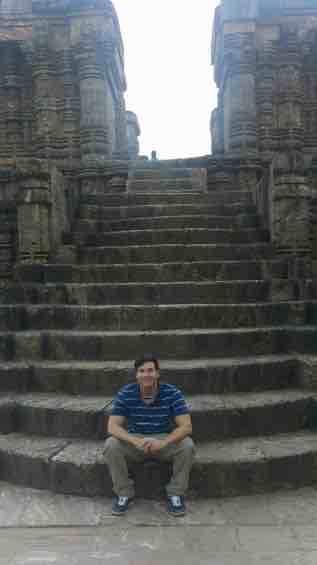
I spent 4 days teaching on the topic of airway anatomy, airway emergencies, and RSI with these residents. After 4 hours of lecture each morning we’d grab lunch and then head to the emergency department. The hospital itself is a private entity and patients would be transferred to a government hospital if they couldn’t pay for the services to be received after initial stabilization. Patients would be greeted by 3-4 residents who all help in the patients care. Many of the complaints were the same as in the US. We saw a majority of respiratory complaints as pollution and smoking is prominent in the city. Pneumonia, COPD exacerbations, and trauma were amongst the highlights of patients that were admitted from the department. Unfortunately, I didn’t have a free day in Kolkata and flew out to Bhubaneswar in the state of Orissa for my next assignment.
Once I arrived in Bhubaneswar, one of the residents took me on a tour of the area. We went to the Indian Ocean and to the Konark Sun Temple which was built in the 13th century BC which was a 2-hour journey through multiple small villages. The incredible architecture of the temple had recently started to crumble and is now under renovation. There were monkeys roaming around too…not something you’ll ever see in the US! The next day I was greeted by the rest of the hospital emergency medicine resident staff at AMRI Hospital. Here, again I did 4 days of morning lecture. The residents did a daily morning case review and there were two resident presentations on the topic of airway as well. After lectures
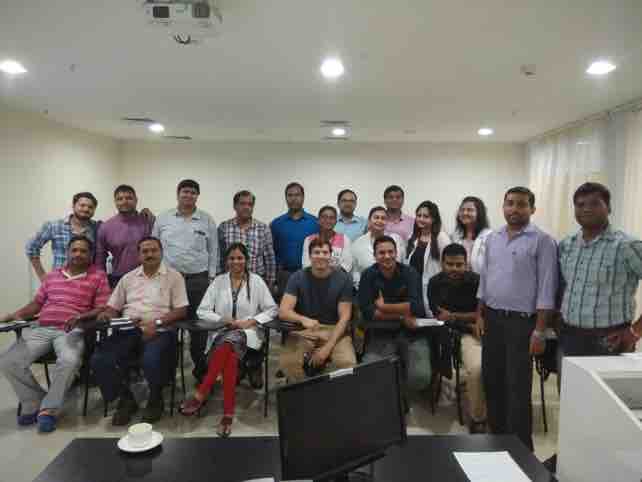
we would review cases in the emergency department. Interestingly, the hospital has a single ultrasound, which they have to call down for with every trauma to do the EFAST. If the cardiology fellow is doing an echocardiogram they aren’t able to use it at all. At this hospital, the CEO is a vegetarian and mandates that all hospital meals are the same. I really enjoyed the assortment of foods served with a variety of color and flavor in presentation.
At the end of my journey I have been amazed at the clinical knowledge of the residents in both of the Masters of Emergency Medicine programs. I have been amazed by the culture, the history and people in India.
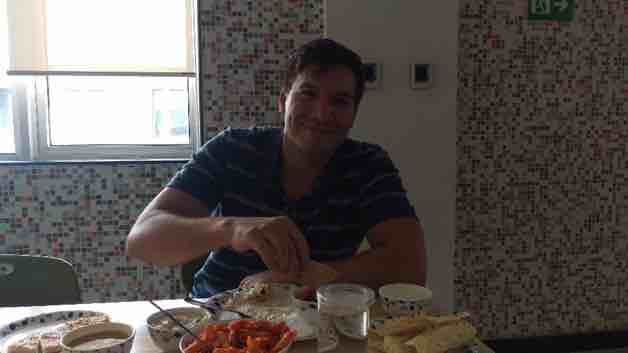













 Back to Locations List
Back to Locations List